Introduction
How Do Cockatiels See: Understanding how cockatiels see the world is a fascinating journey into the avian perception of their surroundings. These charismatic and intelligent birds, native to Australia, possess unique visual capabilities shaped by their evolutionary adaptations. In this exploration, we will delve into the intricacies of cockatiel look vision, shedding light on their visual acuity, color perception, and the remarkable ways in which their eyesight influences their behavior and interaction with their environment. By uncovering the mysteries of how cockatiels see, we gain a deeper appreciation for the world as they experience it and the role that their vision plays in their daily lives. Cockatiels, like many birds, have evolved to thrive in specific environmental niches, and their visual system is finely tuned to serve their needs.
From navigating their natural habitat to communicating with other birds and assessing the safety of their surroundings, the way cockatiels see has a profound impact on their survival and quality of life. In this exploration, we will delve into the details of their visual anatomy, such as the structure of their eyes and the adaptations that allow them to excel in certain aspects of vision. We will also examine how their vision influences their social interactions, foraging behavior, and ability to detect potential threats. By gaining insights into the world through the eyes of a cockatiel, we can better appreciate the complexity of their sensory perception and the remarkable ways in which their visual system has evolved to meet the challenges of their environment.
Whether you’re a dedicated cockatiel owner or simply curious about the fascinating world of avian vision, this exploration promises to offer valuable insights into how these birds see and interact with the world around them. Additionally, we’ll discuss how their vision extends beyond the physical aspects, influencing their social behaviors, courtship rituals, and even their ability to recognize human faces. These insights can provide a deeper appreciation for the intricate ways in which cockatiels navigate their environment and interact with their fellow birds and human companions. Furthermore, we’ll consider the implications of their vision in captivity, as pet cockatiels may experience unique challenges and opportunities related to their sight. Understanding their visual capabilities can help us create enriched and safe living environments that cater to their specific needs.
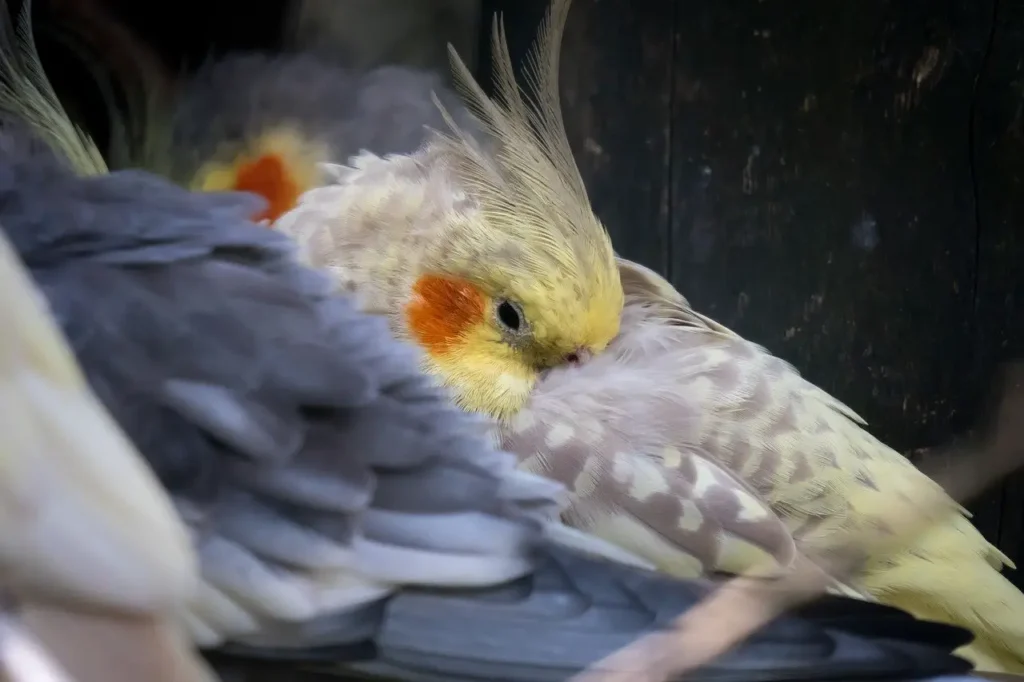
Can cockatiels see in dark?
Due to their diurnal nature, cockatiels have not developed night vision, unlike some birds like owls. A cockatiel’s ability to see at night is similar to that of humans, if not worse.
Cockatiels have a relatively high number of rod cells in their retinas. Rod cells are photoreceptor cells that specialize in low-light vision and motion detection. This adaptation allows them to see reasonably well in dim light.
While cockatiels have better low-light vision than humans, they do not have the same level of night vision as true nocturnal birds, such as owls. They are more active during the day and evening, and their vision tends to decline significantly in complete darkness.
In the wild, cockatiels might use the moonlight as a source of illumination during the night. This can help them navigate and find food or avoid potential predators.
In a pet cockatiel’s cage or living environment, it’s essential to provide them with a consistent day-night cycle. This mimics their natural lighting conditions and helps regulate their internal body clock. Using a full-spectrum light during the day and providing a dark, quiet environment at night can help maintain their health and sleep patterns.
Is my cockatiel happy to see me?
See if he walks toward you.
If you’re nearby and he comes to you, that’s a sign he’s happy you’re there. However, he’s only happy if his head is up as he walks to you, rather than pointing face-down. If the bird puts its head down near you, it’s probably asking for head scratches.
One of the most apparent signs of a happy cockatiel is vocalization. When your bird greets you with cheerful chirping, whistling, or even mimicked phrases, it’s often an indication of excitement and joy.
Cockatiels often exhibit a unique head-bobbing behavior when they are pleased or excited to see someone. They may raise and lower their heads in a rhythmic fashion as a friendly gesture.
Cockatiels sometimes grind their beaks when they are content and relaxed. This rhythmic sound indicates a state of relaxation and contentment, often occurring during rest or bonding moments.
Happy cockatiels may engage in affectionate behaviors like preening, nibbling gently on your fingers, or even leaning into your touch when you pet them. These actions demonstrate trust and comfort.
Can my cockatiel watch TV?
They are beautiful flyers and enjoy lots of activity and play. Like all parrots, to be happy, these birds need to be entertained. Taking them out of their cage daily and providing them with a TV to watch or a radio to listen to helps keep them from getting bored.
Cockatiels are naturally drawn to movement and sounds, which can make television an intriguing source of stimulation for them. They may be captivated by moving images, colors, and even the voices of people and characters on the screen.
If you decide to let your cockatiel watch TV, always do so under supervision. It’s essential to monitor their behavior to ensure they are not becoming stressed or overly excited, as this can lead to behavioral issues or health problems.
Be mindful of the volume level when your cockatiel is watching TV. Loud or sudden noises can startle and stress your bird. Additionally, choose programming that is suitable for your pet. Avoid shows or movies with loud explosions, intense action, or distressing themes, as these can be disturbing to your bird.
Ensure that your cockatiel cannot physically access the TV screen. Birds might be tempted to fly toward the screen or peck at it, which could lead to injury.
Limit the amount of time your cockatiel spends watching TV. While it can be an enjoyable and enriching experience in moderation, too much screen time can detract from their social interactions and other forms of stimulation.
Do cockatiels get scared at night?
Cockatiels seem to suffer from “night frights” more than any other species of bird. By “night fright,” I mean that they become easily spooked or unnerved in the darkness and quiet of the night.
Cockatiels are not nocturnal; they are diurnal, which means they are primarily active during the day. However, they have evolved to be alert during the night to detect potential threats, such as predators.
Cockatiels have adaptations for seeing in low-light conditions. Their eyes contain a higher number of rod cells, which are photoreceptor cells specialized for night vision. This allows them to perceive some degree of detail in dim light.
Cockatiels have a unique sleep pattern called “split sleep.” This means they sleep for shorter periods several times throughout the day and night. It’s essential to provide a dark, quiet, and undisturbed sleeping environment for your cockatiel during its sleep periods.
In their natural habitat, cockatiels roost in trees at night to avoid ground predators. In a captive setting, providing a secure and sheltered sleeping area, such as a covered cage or enclosure, can help them feel safe and protected during the night.
While cockatiels may not experience fear as humans do, they can startle easily in the dark. Sudden noises or movements can trigger their natural alarm response. It’s best to minimize disruptions and loud noises during their sleep periods to ensure their well-being.
How do you know if a cockatiel is scared?
Body Language. You will know if your small bird is scared by its body language. Frightened birds hold their feathers in close to their body. Cockatiels put their crests up.
When a cockatiel is scared, it may fluff up its feathers to appear larger. This is a defensive posture that makes the bird less vulnerable to perceived threats.
One of the most distinctive features of cockatiels is their crest, a collection of feathers on top of their heads. When a cockatiel is scared or alarmed, it may raise its crest to appear more prominent and intimidating.
Scared cockatiels may emit hissing or growling sounds. While these vocalizations are not necessarily signs of aggression, they can indicate that the bird feels threatened or uneasy.
A scared cockatiel may crouch down or huddle in a corner of its cage. This behavior is an attempt to hide from potential dangers.
When a cockatiel is frightened, its eyes may widen and appear more prominent. This is a visual sign of alertness and apprehension.
Can cockatiels stay in AC?
If cold air is continually blowing at your bird, they won’t be able to properly regulate their temperature. The damaging effects of constant cold air could result in respiratory problems, pneumonia and feather plucking. Air conditioners also tend to remove the moisture from the air, which can be harmful for your bird.
Cockatiels are native to Australia, where they inhabit a variety of climates. They are most comfortable at temperatures between 70 to 80 degrees Fahrenheit (21 to 27 degrees Celsius). While they can tolerate slightly cooler or warmer temperatures, it’s important to avoid exposing them to extreme fluctuations.
Cockatiels are sensitive to drafts, which can cause stress and potentially lead to health issues. When using AC, make sure that your pet’s cage or enclosure is not directly in the path of cold air blowing from the unit. Position the cage away from direct drafts to maintain a stable temperature.
AC can reduce the humidity levels in your home, which may affect your cockatiel’s comfort. These birds thrive in environments with moderate humidity. Using a room humidifier or providing a bird bath in their cage can help maintain a suitable level of humidity.
Be vigilant about monitoring the temperature in your cockatiel’s living area. Use a thermometer to ensure that the environment remains within the recommended temperature range. Consider using a thermostat to maintain a consistent temperature.
Does cockatiel bite hurt?
Cockatiel bites usually don’t hurt, but they can deliver quite a painful bite if they want to. These birds usually just nibble or bite lightly to show affection or communicate something.
Cockatiels have relatively small beaks compared to larger parrots. While their beaks are designed for cracking seeds and other small foods, they are not as powerful as the beaks of larger birds. This means that their bites are typically not as painful or damaging.
Cockatiels may bite for various reasons, including fear, stress, discomfort, or territorial behavior. Understanding the context of the bite can help you address the underlying issue.
Before biting, cockatiels often exhibit warning signs, such as raising their crest, hissing, or showing signs of aggression. Learning to recognize these warning signs can help you avoid situations that may lead to a bite.
Proper training and socialization from a young age can help reduce the likelihood of biting behavior. Consistent and positive interactions with your cockatiel can build trust and reduce fear-based responses.
Gentle and confident handling can minimize the risk of biting. Approaching your cockatiel calmly and allowing it to become comfortable with your presence can help establish trust.
Can cockatiels eat rice?
Yes, boiled rice is ok to give to cockatiels. However, if possible, you should prefer to give them brown rice rather than white. White rice has far fewer nutrients and does not offer any significant benefits to your bird. Always make sure to only give rice in moderation because it is a high-carb food product.
Cockatiels can eat plain, cooked rice without any seasonings, sauces, or additives. Plain white or brown rice that is boiled or steamed is suitable. Avoid adding salt, spices, or oils, as these can be harmful to your bird.
While rice can be included in your cockatiel’s diet, it should be offered in moderation. Rice should not make up a significant portion of their daily meals. It can be a part of a varied diet but should not replace essential foods like high-quality cockatiel pellets, fresh fruits, and vegetables.
Rice is primarily a source of carbohydrates and provides energy. It lacks the essential vitamins and minerals that cockatiels need for their overall health. Therefore, it should be considered a supplemental food and not a primary dietary staple.
Ensure that the rice is fully cooked and soft, as hard or undercooked rice can be challenging for your bird to eat and digest. Soft, well-cooked rice is easier for them to consume.
Variety is essential in a cockatiel’s diet. While rice can be offered occasionally, it should be part of a balanced diet that includes a mix of fresh fruits, vegetables, high-quality pellets, and occasional treats like rice.
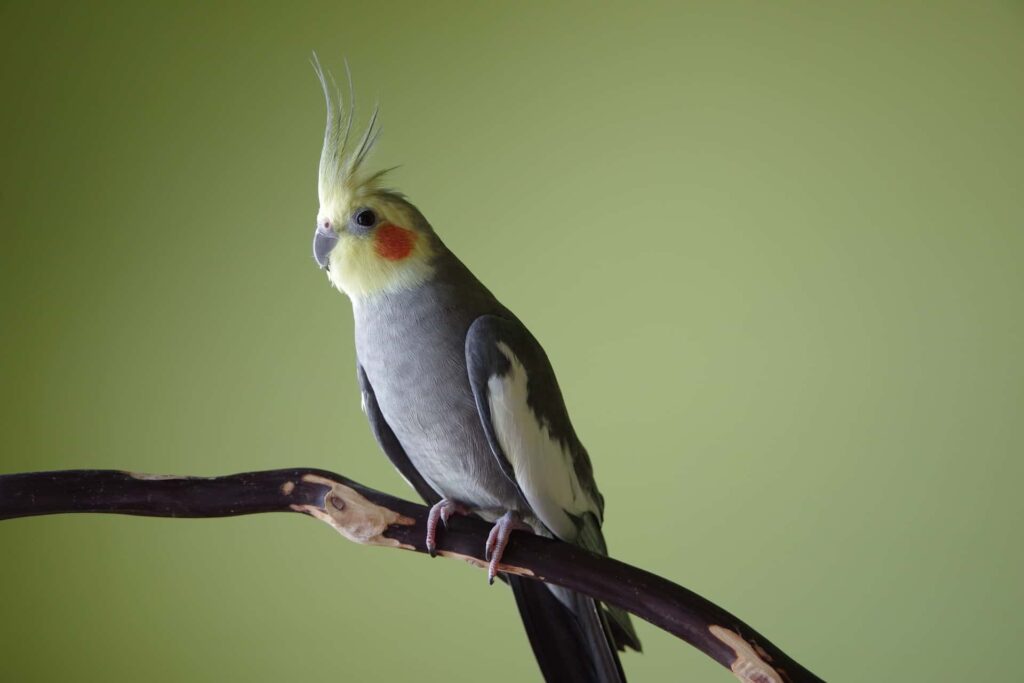
Conclusion
These charismatic birds possess a visual system finely tuned by evolution to thrive in their natural habitats and navigate complex social interactions. As we’ve delved into their visual anatomy, adaptations, and the ways in which their vision shapes their behavior, we gain a profound appreciation for the world as they perceive it. From their keen ability to detect subtle movements and nuances in color to their role in recognizing companions and potential threats, the visual prowess of cockatiels dark is a vital aspect of their lives. Whether soaring through the Australian skies or perched in our homes as cherished pets, their vision guides them through their unique experiences. Understanding how cockatiels see not only deepens our connection with these avian companions but also informs our efforts to provide them with enriched and safe environments. By appreciating the marvel of their vision, we enhance our knowledge of these birds and our ability to care for them, ultimately strengthening the bond we share with these captivating feathered friends.
We are reminded of the beauty and complexity of the avian sensory experience and how it enriches the lives of these remarkable birds. Additionally, this understanding has practical implications for those who share their lives with cockatiels as pets. It underscores the importance of providing not only a comfortable physical environment but also mental stimulation that caters to their visual and sensory needs. By recognizing their unique perspective and accommodating their visual abilities, we can enhance the well-being of our feathered companions. In the end, the exploration of how cockatiels see serves as a reminder of the marvels of nature and the diverse ways in which different species perceive and interact with the world around them. It invites us to continue learning, observing, and appreciating the fascinating lives of these charming avian creatures.
The study of how cockatiels see offers a glimpse into the intricate world of avian vision and highlights the remarkable adaptations these birds have developed to thrive in their environments. Through a closer look at their visual anatomy, capabilities, and the ways in which their vision influences their behavior, we gain a deeper appreciation for the unique perspective of cockatiels. Furthermore, understanding the visual world of cockatiels not only enhances our comprehension of their lives in the wild but also informs our responsibilities as caretakers of pet cockatiels. It underscores the importance of creating an enriched and safe environment that caters to their specific sensory needs, ensuring their well-being and quality of life.

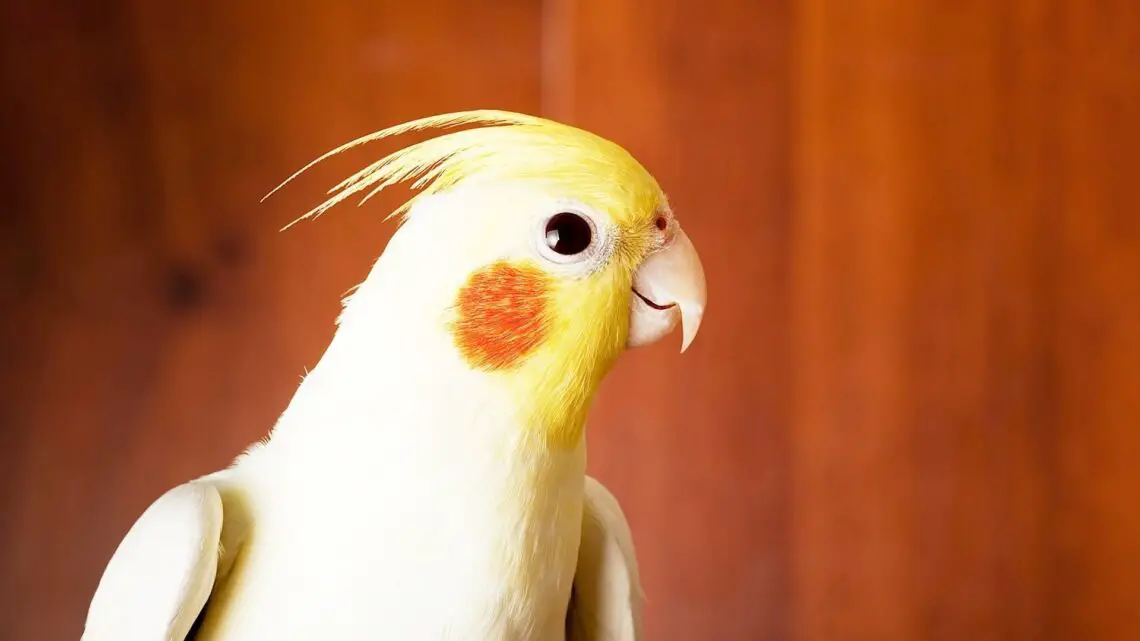
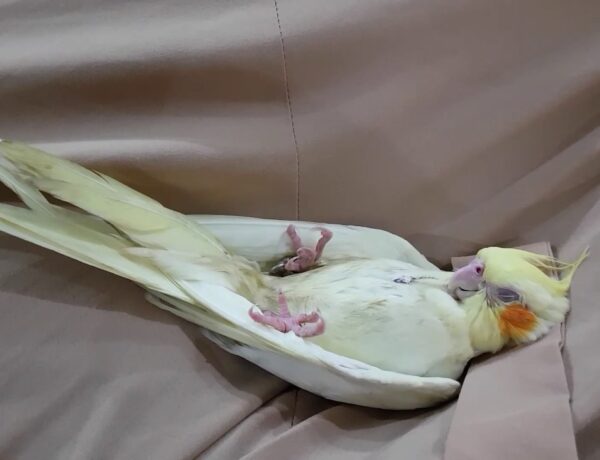
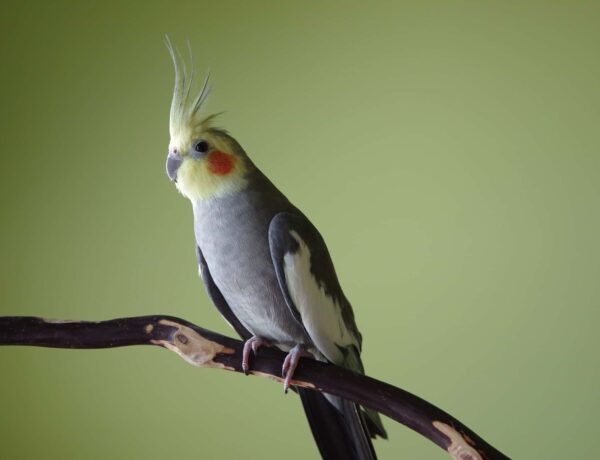

No Comments